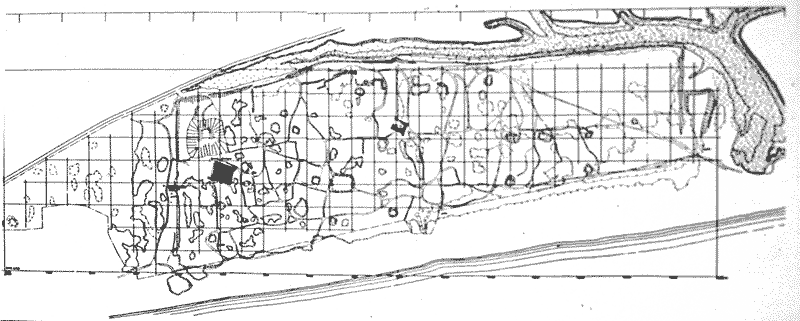The Archaeology Fund
The Legend of Ubar
|
From the very beginning of the Islamic period, in the seventh century A.D., geographers, travelers, merchants, and military people have noted the unique region which defined Mahra and Dhofar. Often referred to as Al Akhaf [Sura 46] or the People of Ad [Suras 7, 11, 26], early Muslims saw the region as a separate entity from Northern Oman and western Yemen. As such, legends which had begun about the area in Classical times, continued unabated into the Islamic period. The Koran describes the people of Ad, warned by the prophet Hud, as exotic, corrupt, and ungodly. Their demise was caused by divine intervention (Suras 41, 54, 89]. This account, in addition to stories which were told by the ninth century were amalgamated to more accurate historical accounts to create the story of Ubar/Wabar (Yaqut, Al Idrisi, Hamdani, Ibn Khaldun, al Tabari). Originally a term designating tribal groups in southern Arabia (Iobaritae) by the creation of the popular accounts in the Thousand and One Nights, the term had come to stand for one city and one people. (See City of Brass, The Keys of Destiny, The City of Many-Columned Iram). Due to their greediness and corruption, God destroyed their homes and lives, (perhaps by tidal monsoons and hurricanes) leaving the place cursed by evil creatures. Since only the coastal areas of the region remained accessible to outsiders [IC-004]such as Marco Polo, the interior of the country remained shrouded in mystery and continued to be identified with such wild and popular stories. By the end of the fifteenth century, as Portugese/Ottoman and local interests collided in the region, Al Akhaf passed into relative obscurity. Now archaeological investigation has begun the task of illuminating the South Arabian interior at such locations as Shisr, an ancient Iobaritae/Ad outpost. |
|




